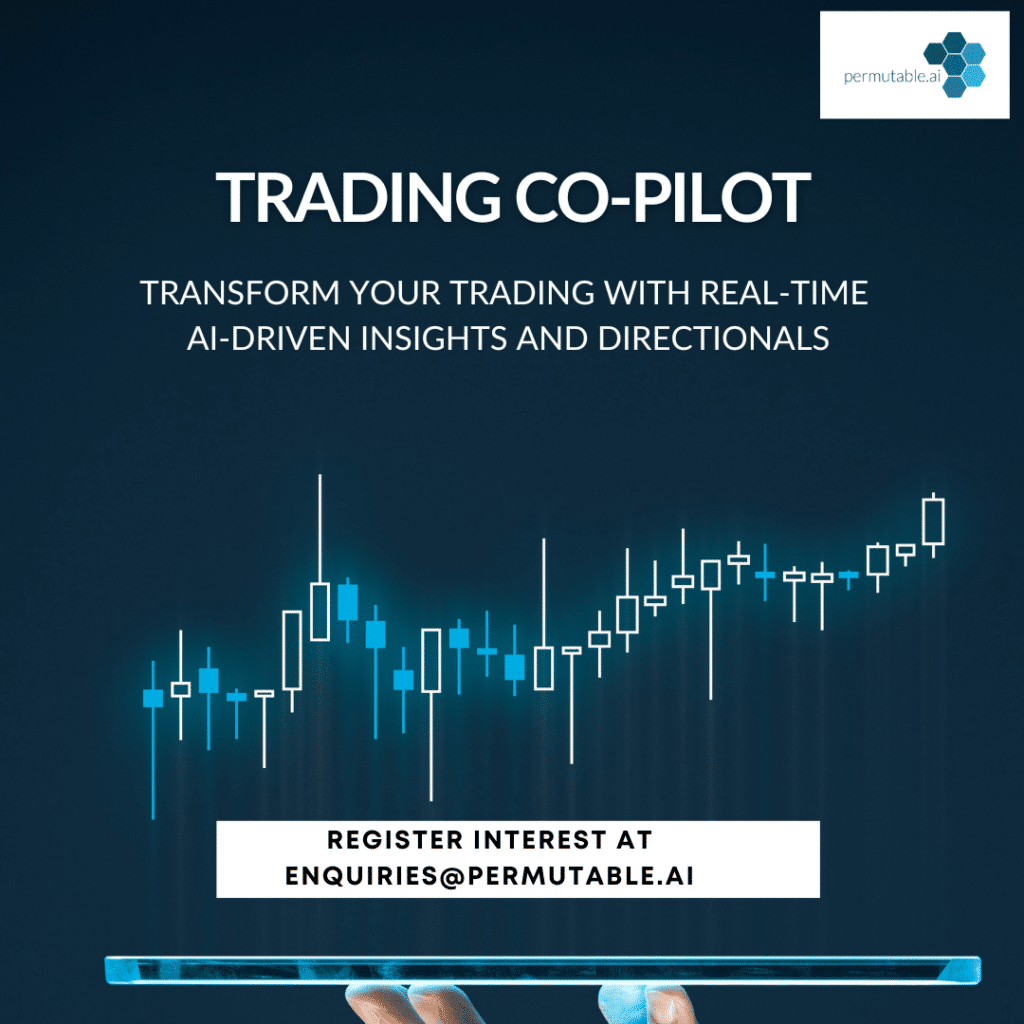When you take a step back, it’s clear to see that the journey of AI in financial markets has been nothing short of remarkable. From its humble beginnings in the 1980s to its current status as a revolutionary force, AI has transformed the way we approach trading, risk management, and market analysis. So then friends, let’s go back to where we started. The first applications of AI in financial markets were simple rule-based systems, a far cry from the sophisticated algorithms we use today. Thankfully, advancements in computing power and data availability have propelled AI to new heights in the financial sector. Let’s take a closer look at 7 key milestone which shaped the way below.
AI in financial markets: 7 key milestones
To understand just how important this progression has been, let’s explore the seven key milestones that have shaped the evolution of AI in financial markets:
1. The birth of algorithmic trading (1970s)
Way back then, in the 1970s, we witnessed the birth of algorithmic trading, marking the first significant milestone in the journey of AI in financial markets. These early systems, while rudimentary by today’s standards, laid the groundwork for future innovations. They used simple rule-based algorithms to execute trades based on predefined conditions, such as price levels or timing. This development began to shift the landscape of financial markets, introducing a level of automation that would only grow more sophisticated in the years to come. In the 1980s, the development of more sophisticated algorithms in financial markets began to accelerate. These algorithms were designed to analyse market data and identify trading opportunities, rather than simply executing trades at the best available prices.
2. The rise of neural networks (1980s and 1990s)
The 1980s and 1990s saw the rise of neural networks in financial applications, representing a significant leap forward in the capabilities of AI in financial markets. These artificial neural networks, inspired by the human brain’s structure, allowed for more complex pattern recognition and prediction than their predecessors. Traders and analysts began using these systems for tasks such as price prediction and risk assessment, marking the beginning of a more nuanced approach to AI in finance. While still limited by the computational power of the time, these neural networks hinted at the potential for AI to revolutionise financial decision-making.
3. High-frequency trading takes off (2000s)
Although firms started using HFT in the 1990s, it wasn’t until the mid 2000s that is really started to take off with AI and advanced algorithms being used to execute trades at unprecedented speeds. This milestone dramatically altered market dynamics, with HFT firms capable of making thousands of trades per second. The impact was profound, increasing market liquidity but also raising concerns about market stability and fairness. This era underscored the growing influence of AI in financial markets and set the stage for more advanced applications in the years to come.
4. Machine learning enhances predictive models (2010s)
The 2010s marked a significant milestone with the widespread adoption of machine learning in financial markets. These sophisticated algorithms could analyse vast amounts of data, learning and improving their predictive capabilities over time. From credit scoring to portfolio management, machine learning models began to outperform traditional statistical methods in various financial applications. This milestone represented a shift from rule-based systems to more adaptive, data-driven approaches, significantly enhancing the accuracy and scope of financial predictions.
5. Natural language processing revolutionises market sentiment analysis (mid-2010s)
Mid-way through the 2010s, natural language processing (NLP) emerged as a powerful tool for analysing market sentiment. This milestone allowed AI systems to interpret and analyse news articles, social media posts, and other text-based sources in real-time. By gauging market sentiment more accurately than ever before, these NLP-powered systems provided traders and investors with valuable insights into market trends and potential price movements. This development highlighted the growing ability of AI to process and interpret unstructured data, a crucial skill in the information-rich world of financial markets.
6. Deep learning and big data transform risk management (2010s – present)
As we approached the end of the decade, the combination of deep learning techniques and big data analytics marked another crucial milestone in the evolution of AI in financial markets. These advanced AI systems could process enormous datasets, identifying complex patterns and relationships that were previously undetectable. In risk management, this led to more accurate fraud detection, improved credit risk assessment, and enhanced ability to predict market volatility. This milestone underscored the growing sophistication of AI in tackling complex financial challenges.
7. AI in predictive analytics (2020s)
AI’s use in predictive analytics has grown exponentially. Our work using advanced machine learning models to predict market trends based on historical data and real-time inputs as exemplified through our Trading Co-Pilot is a prime example of this. In this particular use case, our AI systems continuously improve as they learn from new data, offering increasingly precise forecasts for investors and traders.
Each of these milestones represents a significant leap forward in the capabilities and applications of AI in financial markets. From the early days of simple algorithmic trading to today’s complex, personalised AI-driven services, the journey has been one of continuous innovation and increasing sophistication and it’s really quite impressive to look back and see how far the tech has come.
Permutable’s role in shaping the future
At Permutable AI, our philosophy has always been to push the boundaries of what’s possible with AI in financial markets. We won’t waste time on incremental improvements when transformative changes are within reach. Our Trading Co-Pilot, for example, represents a big leap forward in AI-assisted trading. By leveraging advanced machine learning algorithms and real-time data analysis, we’re able to provide real-time directional insights that were once thought impossible. But there’s a broader point of view here. We believe that the true power of AI in financial markets lies not just in its ability to crunch numbers faster, but in its potential to uncover hidden patterns and relationships that human analysts might miss.
Ready to ride the next wave of AI in financial markets?
We’ve come a long way since the days of simple algorithms. The future of trading is here, and it’s smarter than ever. Our Trading Co-Pilot isn’t just another incremental step—it’s a quantum leap in AI-assisted trading. Imagine having a co-pilot that doesn’t just crunch numbers, but uncovers hidden patterns that even the sharpest human minds might miss. That’s what we’re offering. Don’t get left behind in the dust of market evolution. If you’re serious about staying ahead in this game, you need to see this in action. Get in touch at enquiries@permutable.ai to see up a demo or request a free trial.

